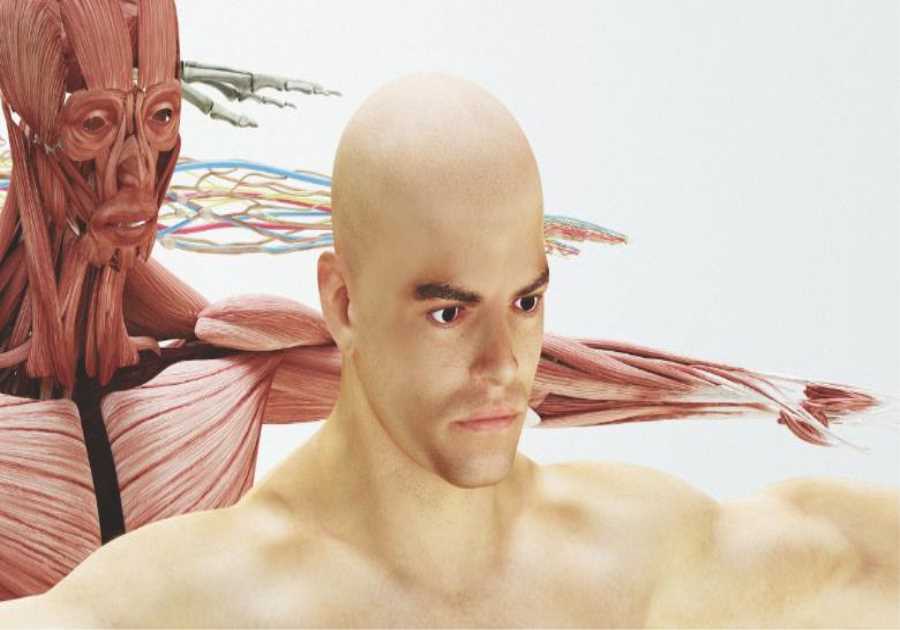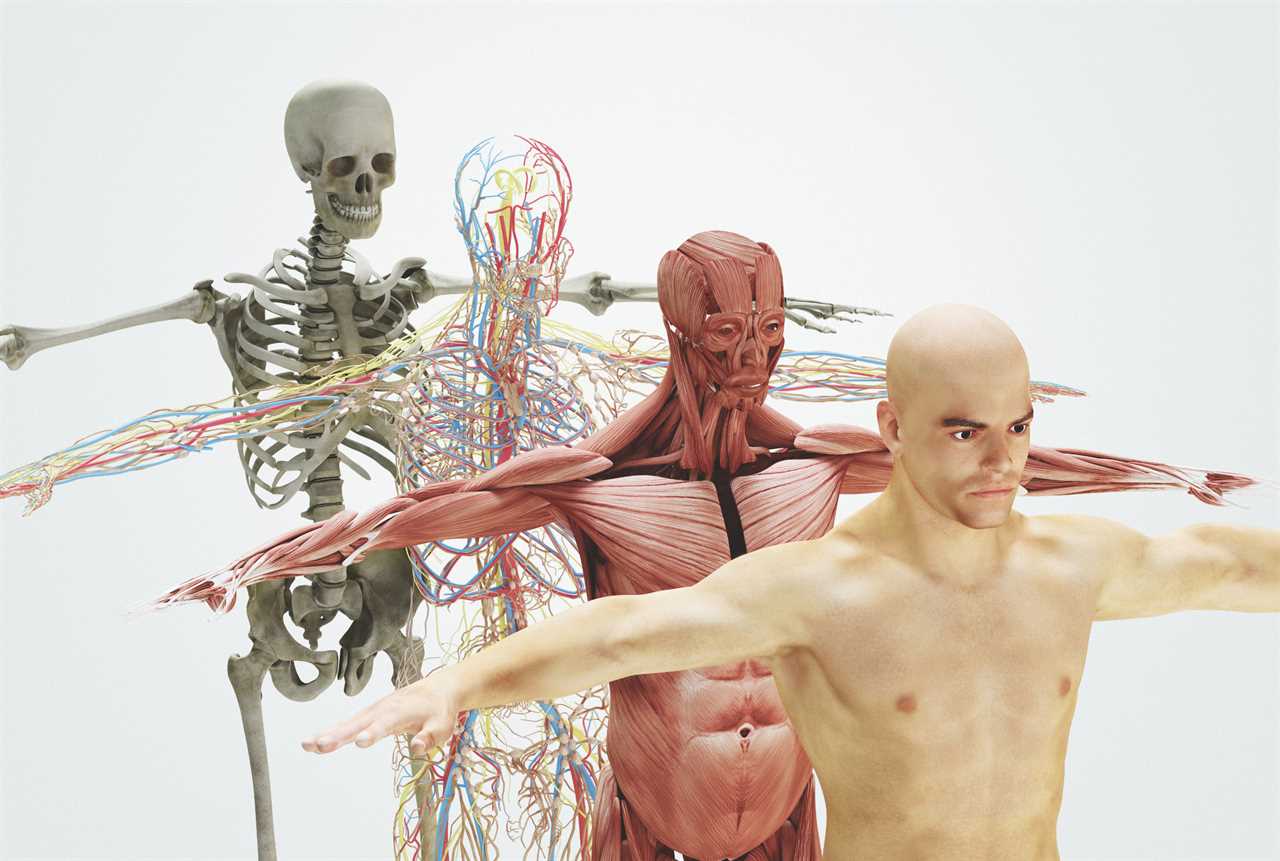
What happens to the body after death is both fascinating and mysterious. After a person dies, their body undergoes various transformations that might seem strange. From the initial post-mortem changes to the final stages of decomposition, the journey of a human body after death is a blend of science and wonder. Understanding these changes can shed light on the natural decomposition process and help us appreciate the cycle of life and death. Let’s explore the unusual and intriguing phenomena that occur after death.
1. Rigor Mortis Sets In
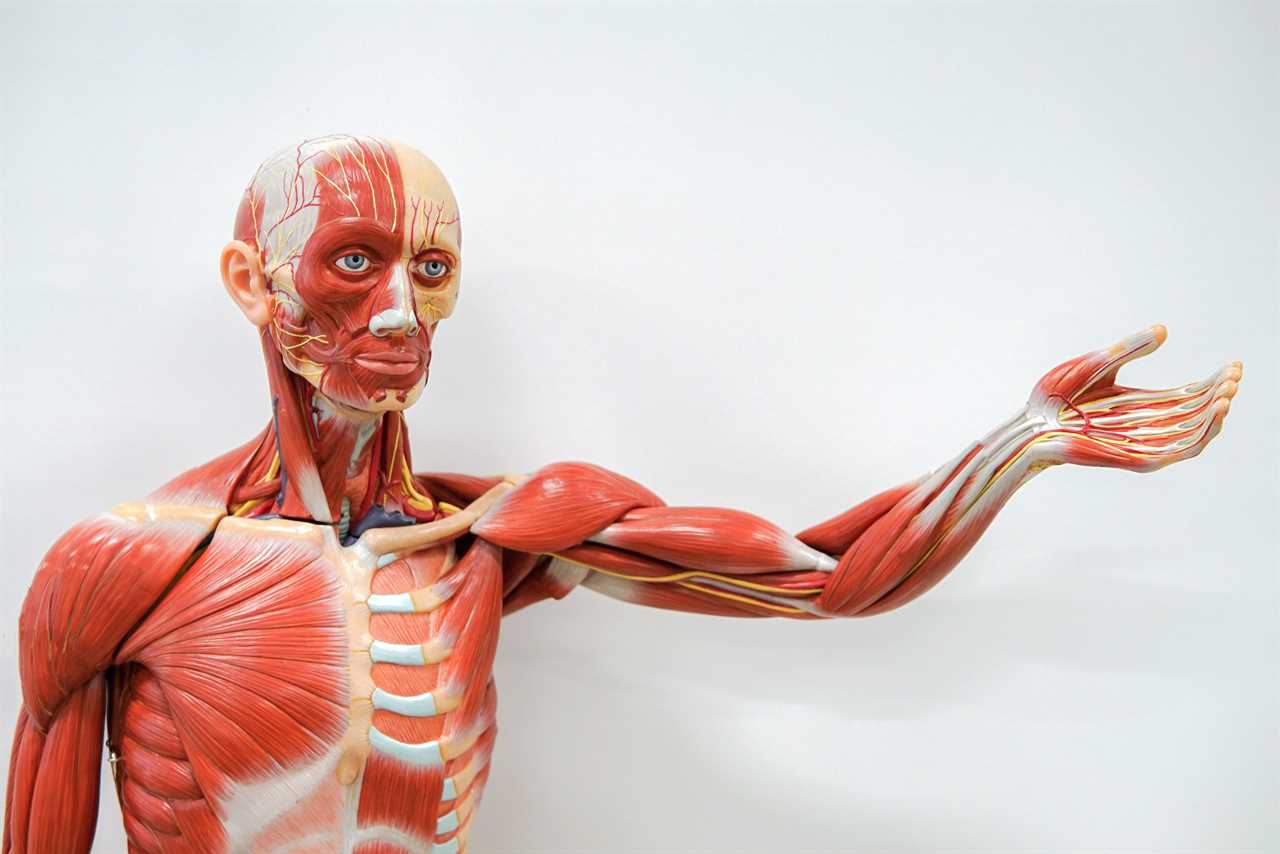
Physical changes begin almost immediately after death. Rigor mortis, or the stiffening of muscles, starts within 2-6 hours. This phenomenon happens because calcium builds up in the muscles, causing them to contract. The body remains stiff for up to 72 hours before the muscles relax again. This is one of the first visible post-mortem changes and is often used by forensic scientists to estimate the time of death.
The stiffness starts in the smaller muscles, like those in the face, and then spreads to larger muscles. Temperature and other conditions can affect how quickly rigor mortis sets in and how long it lasts. For instance, warmer temperatures can speed up the process, while cooler temperatures can slow it down. Once rigor mortis passes, the muscles relax again, signaling another stage in the human decomposition process.
2. Livor Mortis Causes Skin Discoloration
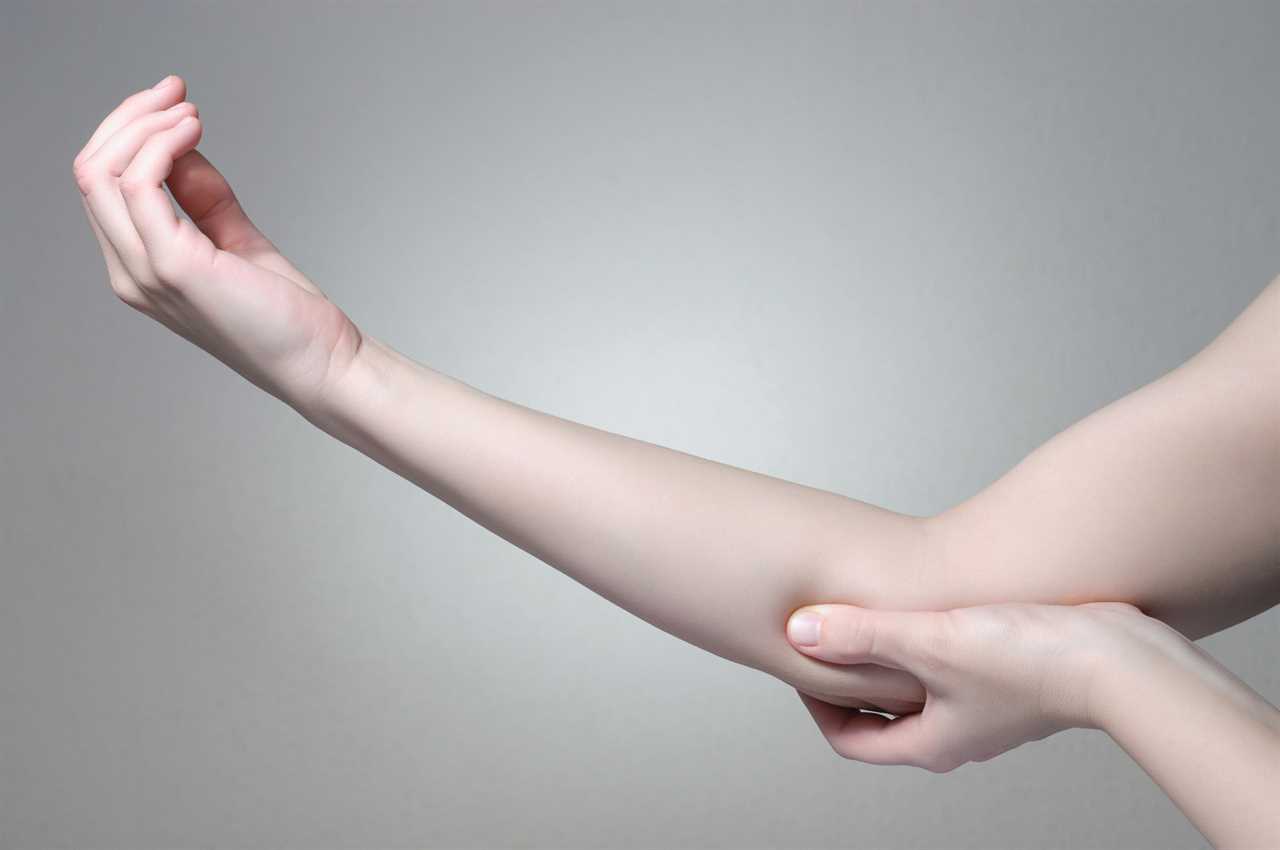
Another early change is livor mortis, where blood settles in the lower parts of the body, creating a purple-red discoloration. This process, part of the stages of decomposition, starts within 30 minutes to 2 hours after death and becomes fully fixed in 6-12 hours. The pattern and color can help forensic experts determine the body’s position after death.
Livor mortis occurs because the heart is no longer pumping blood, causing it to settle due to gravity. This can create dark patches on the skin, showing where blood has pooled. If the body is moved, new livor mortis marks can form, helping investigators understand if the body was moved after death. Over time, the discoloration becomes more pronounced and permanent.
3. Algor Mortis Cools the Body
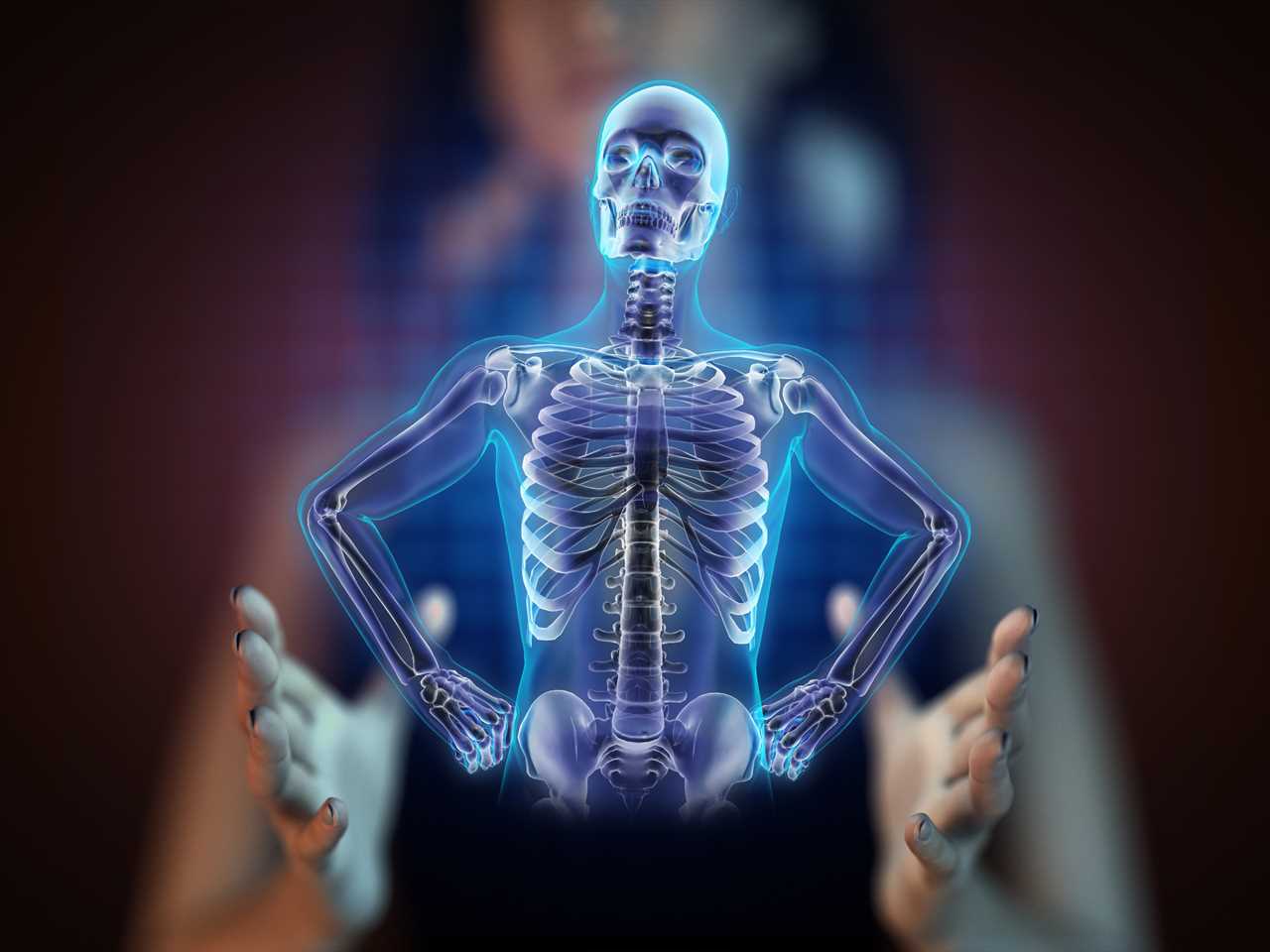
Algor mortis refers to the cooling of the body after death. The body temperature drops gradually until it matches the surrounding temperature. This biological process after death can help determine the time of death by measuring the body’s temperature. The rate of cooling can vary depending on environmental factors and the body’s condition.
Typically, what happens to the body after death is it cools at a rate of about 1.5 degrees Fahrenheit per hour. This rate can be affected by the body’s size, clothing, and the environment. For example, a body in a cold environment will cool faster than one in a warm setting. By understanding these factors, forensic scientists can make more accurate estimates of the time of death.
4. Autolysis Begins Cellular Breakdown
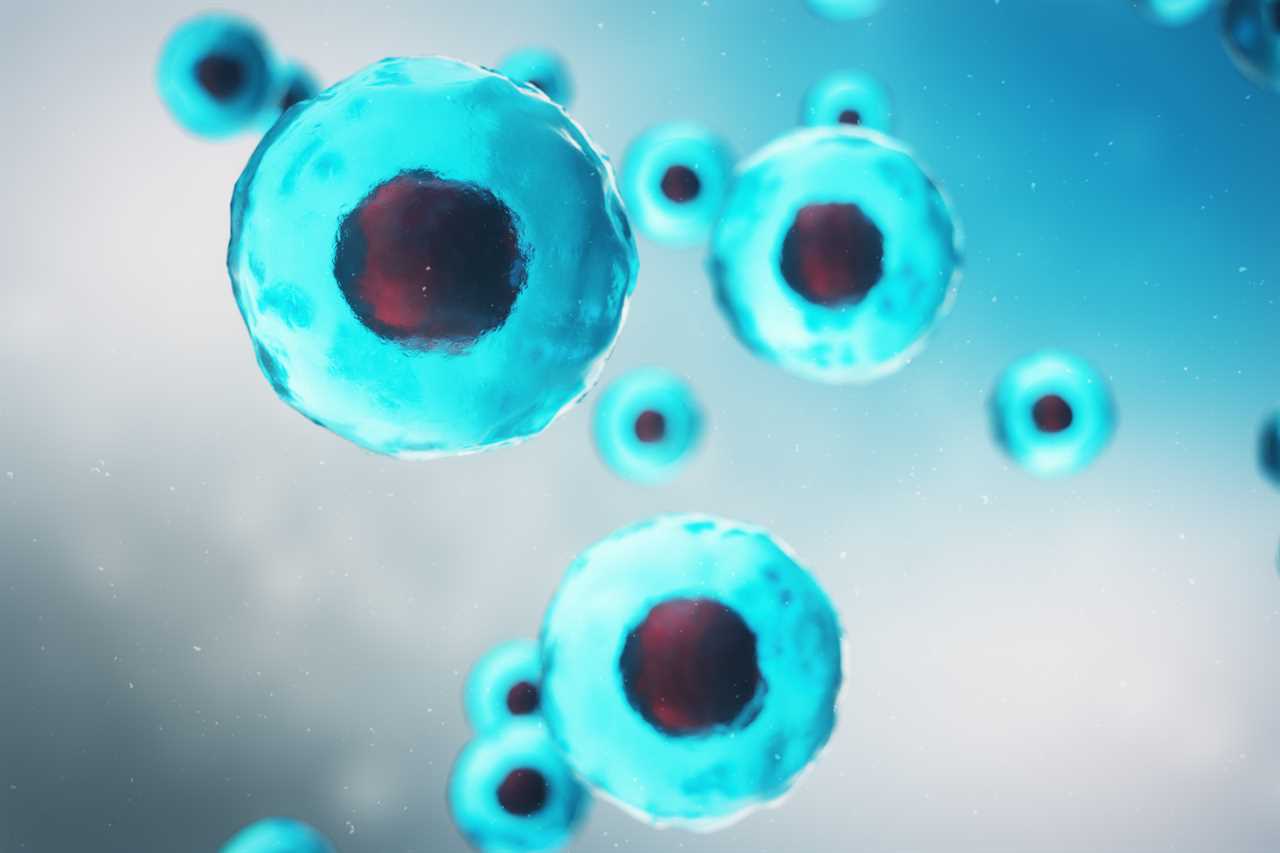
Autolysis is the process where the body’s own enzymes start to break down cells. This human decomposition process starts within hours after death, beginning in the liver and pancreas. As cells break down, they release fluids that start the decomposition process, leading to the natural decomposition of tissues.
During autolysis, cells are essentially digesting themselves, which leads to the breakdown of tissues. This process is sped up by the body’s natural enzymes, which are no longer regulated by living processes. The fluids released can cause blisters on the skin and contribute to the early signs of decomposition. This stage is crucial in preparing the body for the next stages of decomposition.
5. Putrefaction Causes Odor
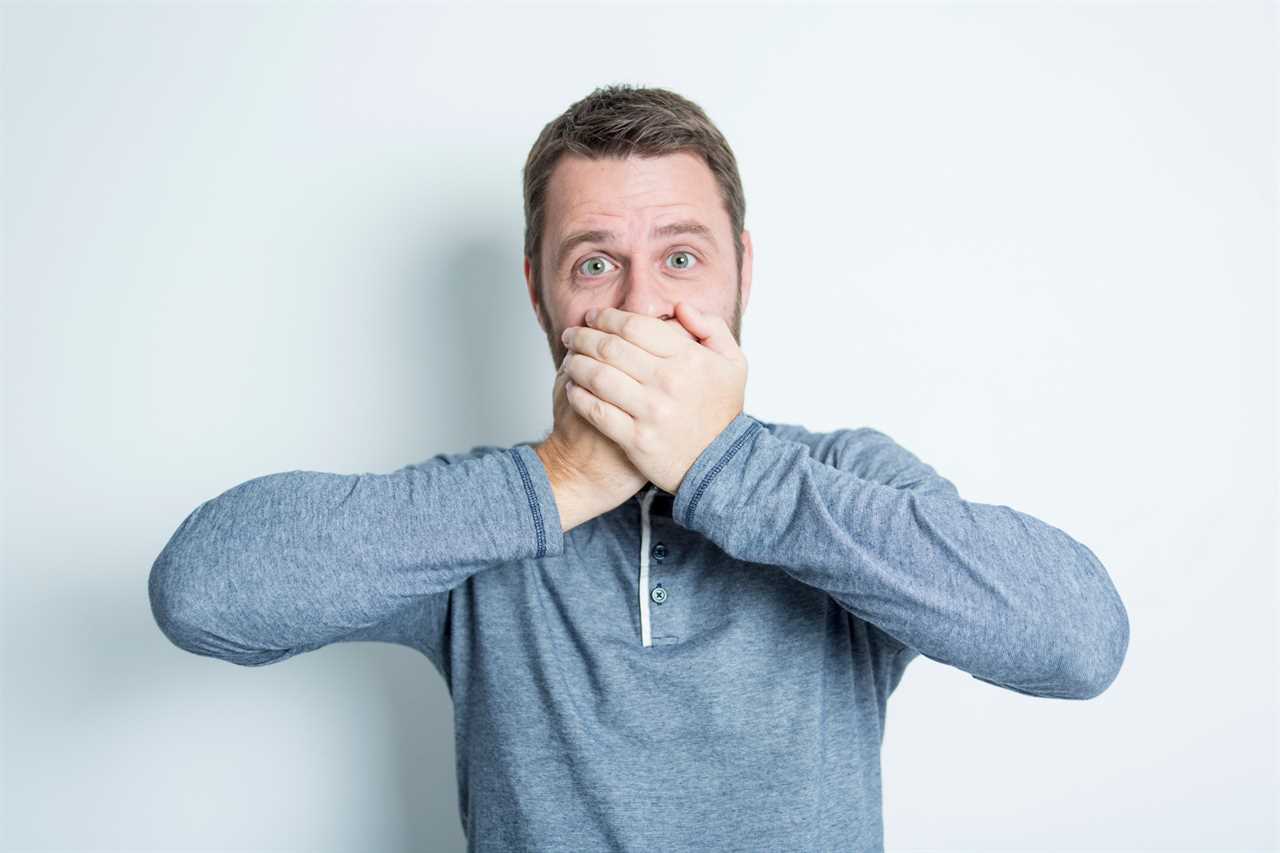
Putrefaction is the stage where bacteria break down tissues, producing gases that cause a strong odor. This body decomposition timeline varies but usually starts 2-3 days after death. The gases cause the body to bloat, and the smell is due to compounds like methane and hydrogen sulfide. These dead body changes are a natural part of the decomposition process.
Bacteria in the gut and other parts of the body start to multiply rapidly after death. These bacteria produce gases as they break down tissues, which leads to the bloating and odor associated with putrefaction. The skin may also turn greenish and then black as decomposition progresses. This stage is often the most noticeable due to the smell and visible changes.
6. Muscles May Twitch

Sometimes, muscles can twitch or move even after death. This can happen because of chemical changes in the body, causing muscle fibers to contract. These twitches are usually small and brief, but they can seem quite eerie. This is one of the more unusual post-mortem occurrences that can surprise those who witness it.
Muscle twitches happen because the nervous system can still fire impulses even after death. These impulses can cause muscles to contract, leading to small movements. While it might seem strange, it is a natural part of the body’s final processes. Understanding this can help demystify what happens during the early stages after death. You may have seen this “phenomenon” in movies and other famous myths about death.
7. Skeletonization Exposes Bones
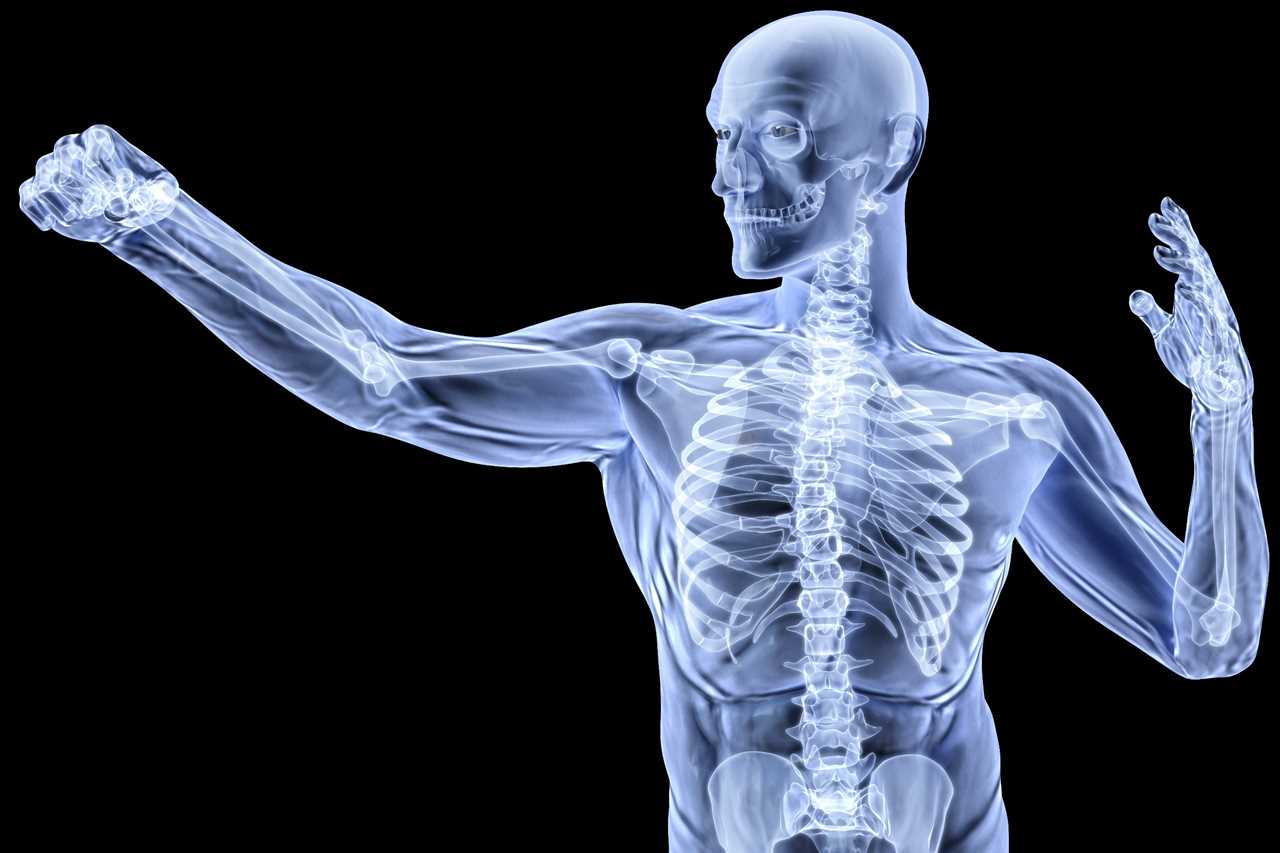
As decomposition progresses, soft tissues decompose, and the skeleton becomes exposed. This stage can take weeks to years, depending on conditions. Cadaver changes like skeletonization are the final step in the human decomposition process, leaving behind bones that can last for decades or even centuries.
Skeletonization occurs after most of the soft tissues have decomposed. The process can be accelerated by environmental factors such as temperature, humidity, and the presence of scavengers. Over time, bones themselves can also decompose, but this process is much slower. Skeletons can remain intact for a very long time, serving as historical and archaeological records.
8. Adipocere Formation in Certain Conditions

Fat tissues sometimes undergo a transformation called adipocere or “grave wax.” This happens in moist environments and can preserve the body for years. This post-mortem phenomenon occurs due to the breakdown of fat into a soap-like substance, slowing decomposition.
Adipocere is another item on the list of what happens to the body after death. It is the formation can occur in bodies buried in moist, cool environments. The fat turns into a waxy substance that can protect tissues from further decay. This process can preserve facial features and other body parts, making identification easier. Adipocere can last for many years, providing a unique form of natural preservation.
9. Mummification in Dry Environments
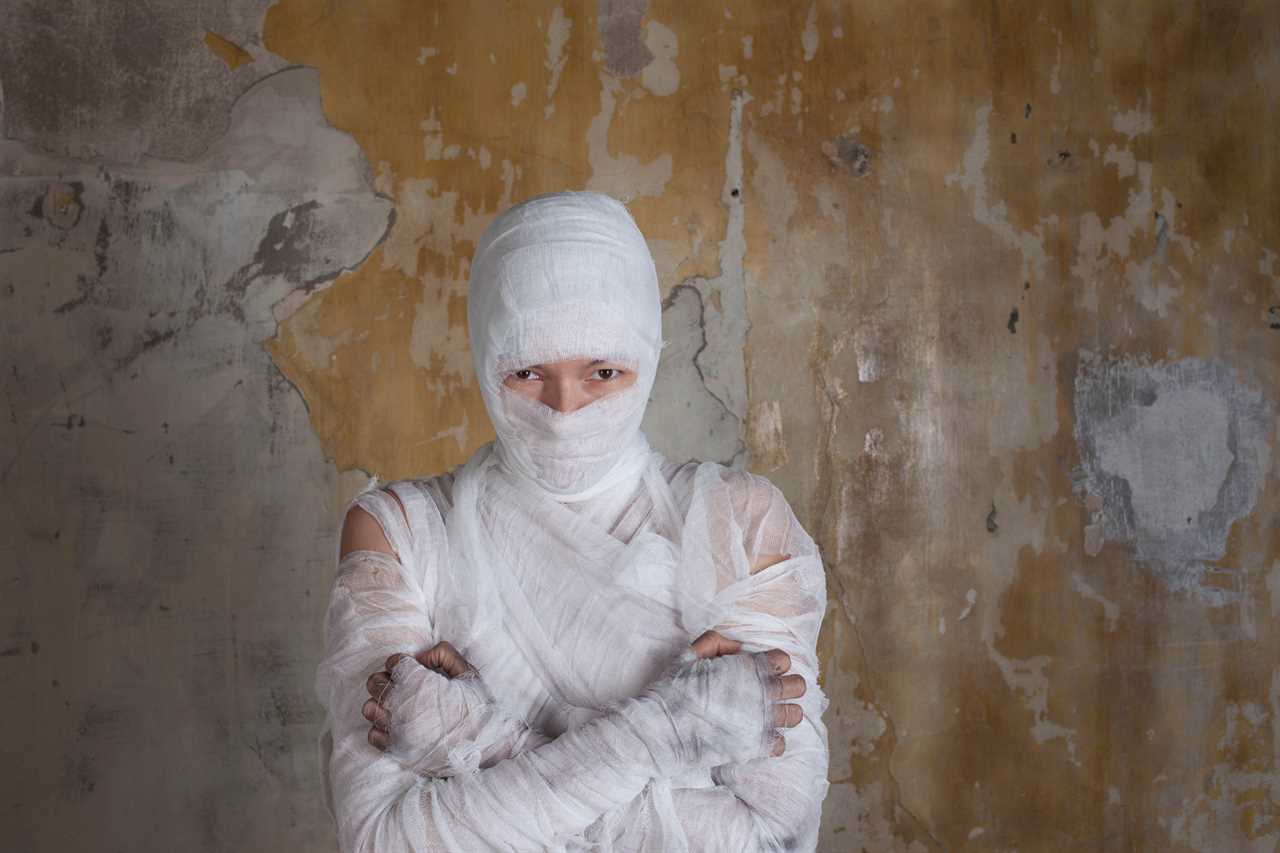
In extremely dry conditions, bodies can undergo mummification, where tissues dry out and are preserved. This unusual post-mortem occurrence prevents typical decomposition, creating natural mummies. The process can preserve skin, hair, and other tissues for hundreds or thousands of years.
Mummification happens when a body loses moisture rapidly, which prevents bacteria from breaking down tissues. Dry air, high temperatures, and low humidity are ideal conditions for mummification. Natural mummies can be found in deserts or other arid environments. This preservation can provide valuable information about ancient cultures and individuals.
10. Skeleton Remains and Decays
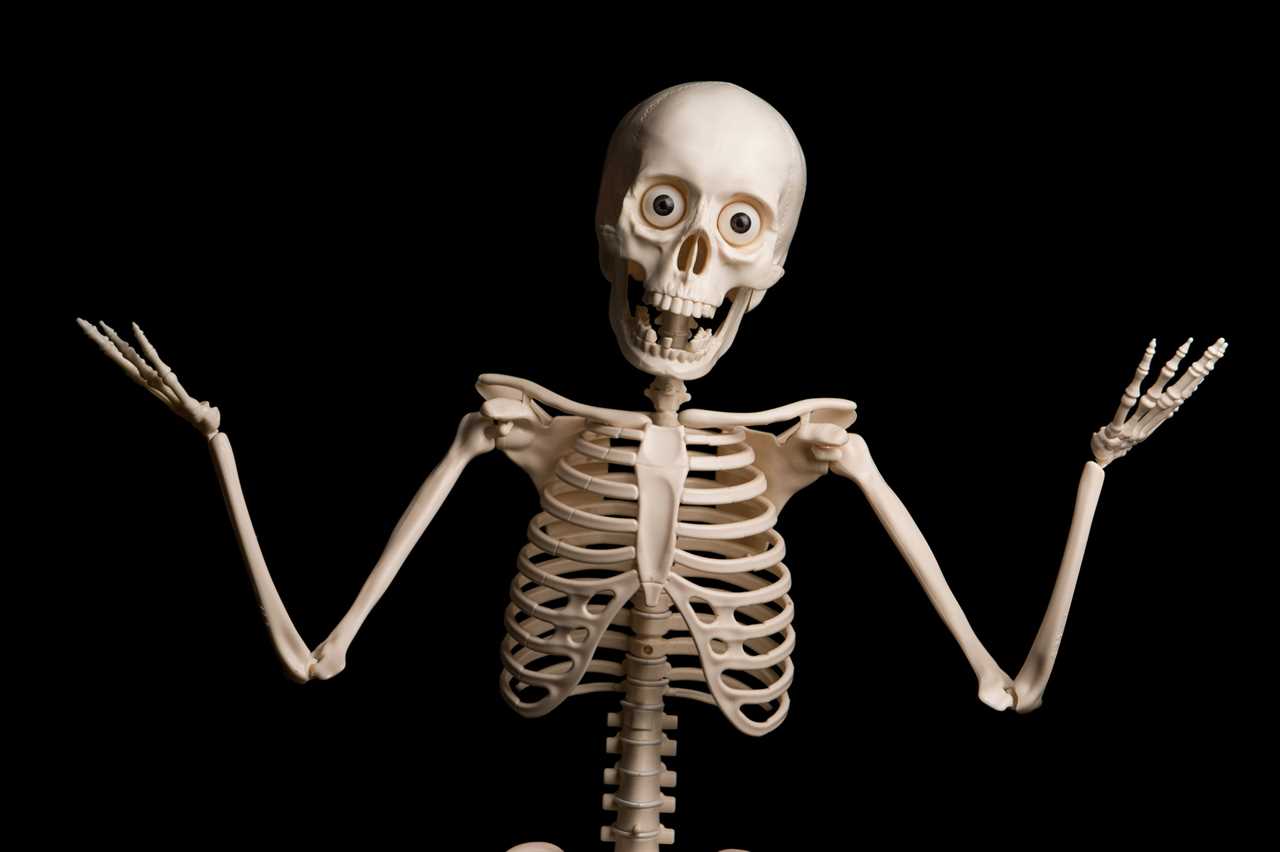
Even after the flesh has decayed, bones continue to break down slowly. This final stage of the body’s afterlife stages can take hundreds of years. Bones undergo chemical changes and eventually crumble into dust, completing the natural decomposition process.
Bone decomposition is influenced by factors such as soil acidity, moisture, and temperature. In acidic soils, bones can decompose faster. Over time, bones lose minerals and become brittle. Eventually, they break down completely, returning their components to the earth. This long process is the final step in the body’s journey after death.
11. Eyes Change Color
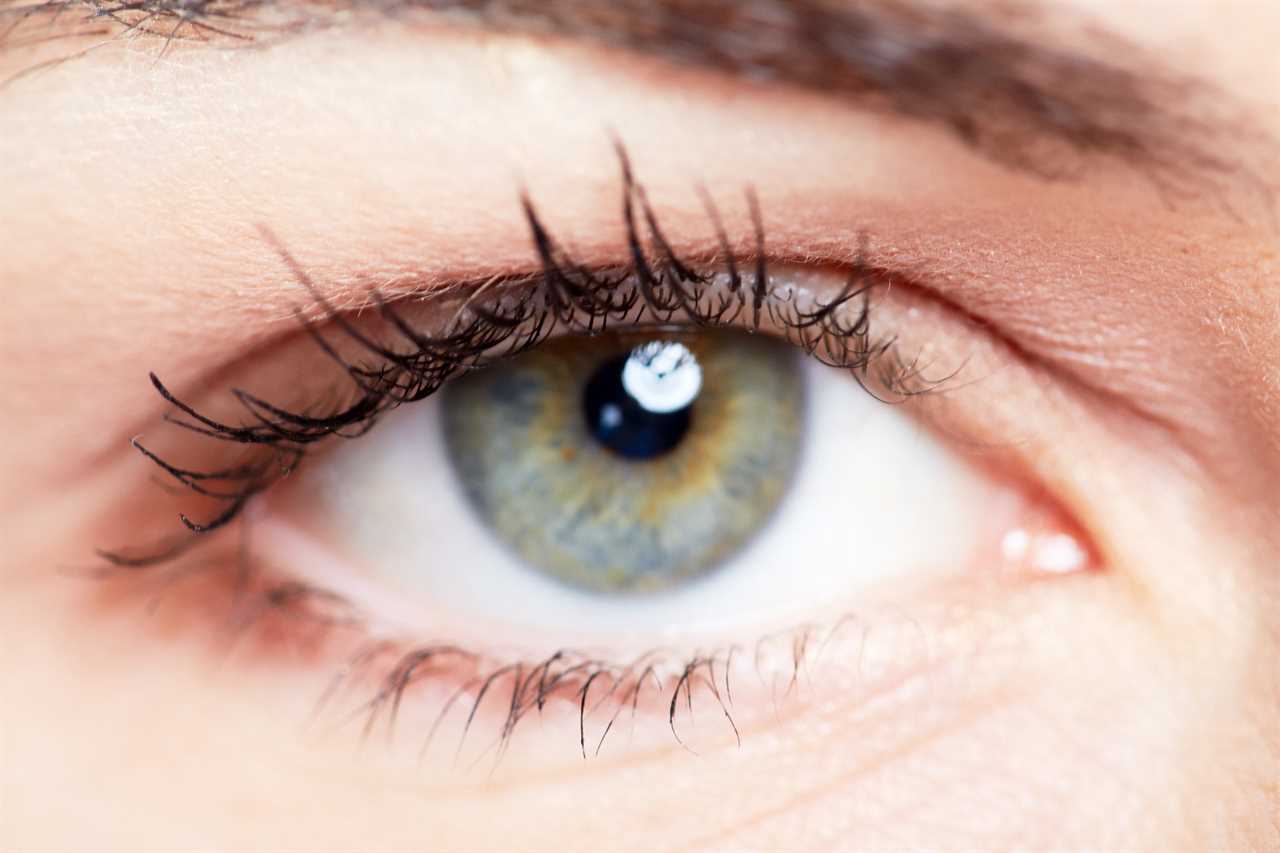
After death, the eyes undergo significant changes. It’s a normal occurrence when talking about what happens to the body after death. The corneas become cloudy and opaque within hours. This is because fluid builds up in the eyes, causing them to appear milky. These changes are part of the early post-mortem changes that can help determine the time of death.
The eyes can also appear sunken and shrunken as the body loses fluid. This happens because the muscles and tissues around the eyes relax, causing them to collapse inward. These changes can provide clues to forensic scientists about the time and circumstances of death.
12. Skin May Form Marbling Patterns

One of the more visually striking changes is the formation of marbling patterns on the skin. This happens when bacteria in the blood vessels break down the red blood cells. The resulting hemoglobin leaks into the surrounding tissues, creating a marbled appearance. This pattern is a part of the stages of decomposition.
Marbling typically starts on the abdomen and spreads to other parts of the body. The patterns can be quite intricate, resembling veins of marble stone. This phenomenon occurs as part of the putrefaction process and is a clear indicator of the body’s progression through decomposition.
The Journey After Death
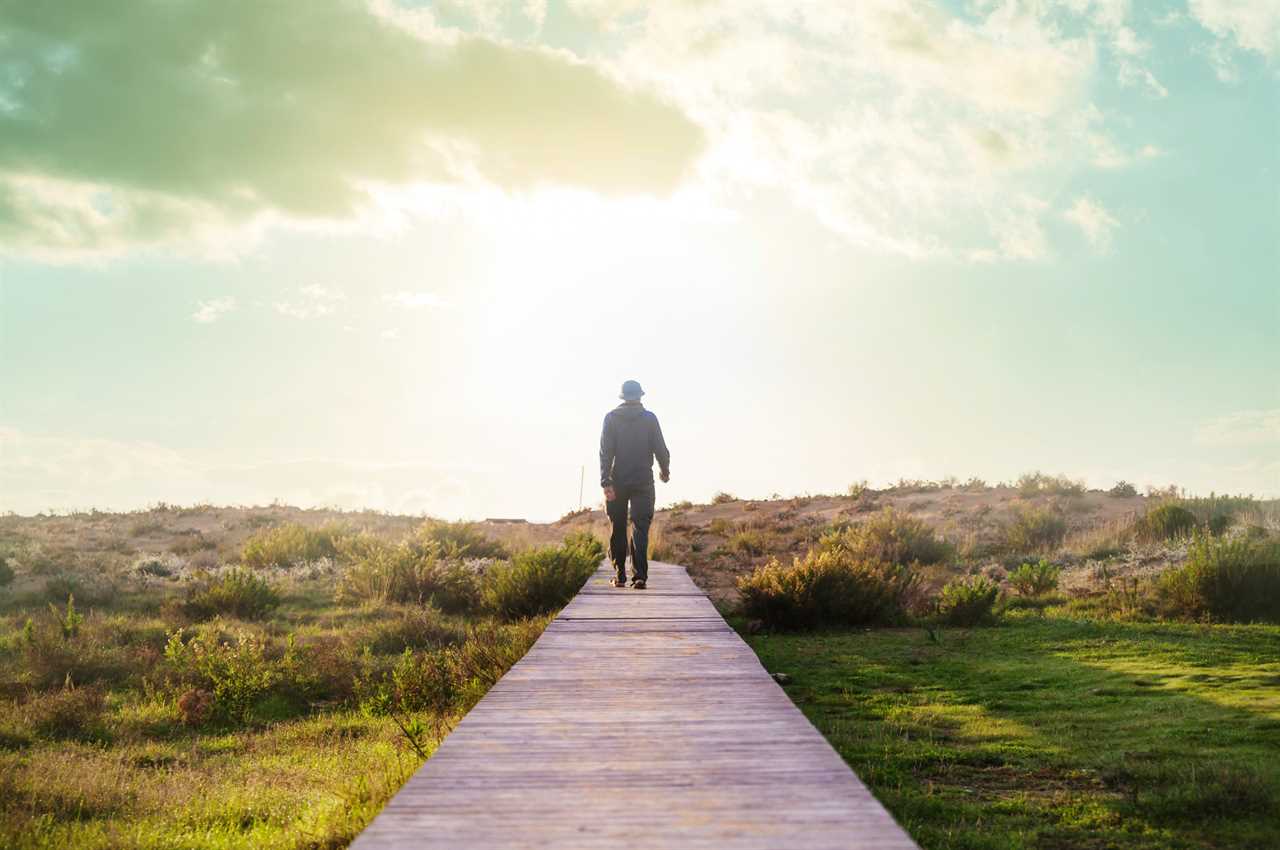
The living human body is fascinating. However, it never ends there. After death, what happens to the body is a journey through fascinating and sometimes strange transformations. From rigor mortis to skeletonization, each stage offers insights into the cycle of life and death. Understanding these changes not only satisfies curiosity but also highlights the incredible processes of nature.
Join the discussion! Share your thoughts and experiences about these post-mortem phenomena. Let’s learn together about this intriguing aspect of life.
|||-------------------------------------
By: Randell Suba
Title: 12 Strange Things That Happen To The Human Body After You Die
Sourced From: www.dinksfinance.com/2024/06/12-strange-things-that-happen-to-the-human-body-after-you-die/
Published Date: Mon, 10 Jun 2024 10:45:19 +0000
Did you miss our previous article...
https://coachingbusinessowners.com/funding/13-pets-that-youll-struggle-to-keep-in-an-apartment






